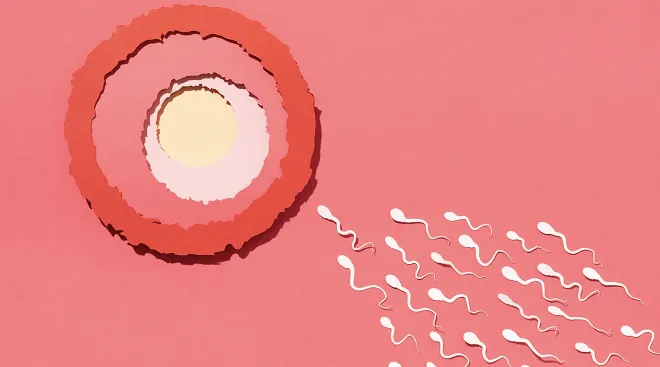Groundbreaking Genetic Map May Help Doctors Address Male Infertility Challenges
The many couples who face challenges trying to grow their family may find some comfort in new fertility research from The University of Texas at San Antonio (UTSA). The team of researchers have created a high-resolution genetic map which shows how men produce sperm cells. The good news—researchers are hopeful it will help address genetically based challenges with male fertility.
Through the research, scientists learned information about which genes are turned on or off in stem cells which grow into sperm cells. The findings have the potential to give doctors advanced insight into the development of your or your partner’s sperm when you’re trying to conceive.
Reproduction issues in men contribute to at least half of infertility cases among couples, according to the National Institutes of Health (NIH). While many times men can be treated with medication and sometimes surgery, in almost all of the cases doctors are unsure of why there is even a problem to begin with. This new insight can be a game changer for figuring out what may be the cause of men’s infertility issues.
For the study, the researchers created a digital library of the cell types required for sperm production in mice and men. They examined more than 62,000 cells and identified 11 different gene expression profiles—uncovering rare and new cells where we previously had little knowledge of. The UTSA researchers used high-tech machines allowing scientists to examine individual cells and produce the library of genes expressed in each cell in one to two days.
Previous methods have analyzed groups of cells bundled together in experiments, meaning the differences in each cell are averaged. But the new approach to gene profiling of single cells provides important data to help uncover how sperm are produced and what may go wrong in men who suffer from infertility.
“This is how we find the needles in the haystack,” Brian Hermann, a researcher from UTSA, says.
If you and your partner are interested in expanding your family, learn more about some of the surprising facts surrounding male infertility.
Please note: The Bump and the materials and information it contains are not intended to, and do not constitute, medical or other health advice or diagnosis and should not be used as such. You should always consult with a qualified physician or health professional about your specific circumstances.
Navigate forward to interact with the calendar and select a date. Press the question mark key to get the keyboard shortcuts for changing dates.




















































